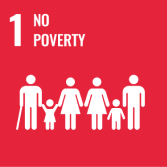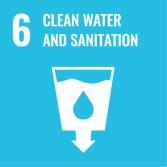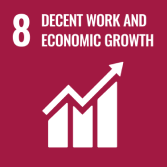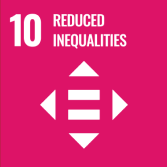Celiac disease (CD, enteropathy) is a genetic autoimmune disease (abnormal immune response that attacks healthy tissues) associated with gluten intolerance. The aim of this study was to evaluate and monitor the nutritional status of CD patients, explore the problems associated with diet planning and dietary adherence among children and adults, and assess the impact of these factors on the persistence of CD symptoms. This study was carried out as part of the project entitled “A gluten-free diet without obstacles—eating well and healthy” (POWR 03.01.00-00-T153/18), conducted in Lublin Voivodeship. The study involved 87 persons, including 23 children younger than 18. At the beginning of the study and after nine months, all adult participants (older than 18) were subjected to a body composition analysis with the SECA mBCA 515 analyzer. During the project, the participants attended three consultations with a dietician. During each visit, the subjects’ body weight, nutritional status and diets were evaluated; their diets were modified, and problems relating to dietary adherence were resolved. The initial body composition analysis revealed a risk of sarcopenic obesity in 30% of adult participants, in particular in women (
p = 0.003) older than 45 (
p = 0.001). The risk of being underweight was diagnosed in 25% of the subjects, in particular, in women younger than 35 (
p = 0.0023) and in participants who had been affected by short stature and underweight in childhood, i.e., before CD diagnosis (
p = 0.0024). The analysis demonstrated that patients with gastrointestinal symptoms (abdominal pain, diarrhea, vomiting) of CD were significantly more likely to avoid even accidental exposure to gluten and were more likely to strictly follow GFD recommendations (1.97; 95CI:1.56–2.12,
p = 0.0001) and safety guidelines when preparing meals at home (1.76; 95CI: 1.34–192,
p = 0.0023). Parents, in particular, parents of toddlers and preschoolers who are at significantly higher risk of CD, adhered strictly to dietary guidelines and did not allow for any exceptions when preparing meals (1.88; 95CI: 1.53–2.09,
p = 0.001). Persons at risk of malnutrition were also far less likely to deliberately choose gluten-containing foods (0.74; 95CI: 0.53–0.91,
p = 0.021), in particular, patients with Marsh type 3a and 3b classification (
p = 0.01) and persons whose intestinal histology scores did not fully improve after switching to a GFD. An assessment of the effectiveness of diet therapy based on the phase angle revealed that dietary recommendations had a positive impact on patients who had been recently diagnosed with CD. In all age groups, the main problem was accidental exposure to gluten, in particular in foods that were not labeled with the crossed grain symbol. A comparative analysis of CDAT questionnaires revealed that dietary advice on eating out significantly improved adherence to a GFD and reduced the frequency of unintentional gluten exposure in all age groups.
Full article


















